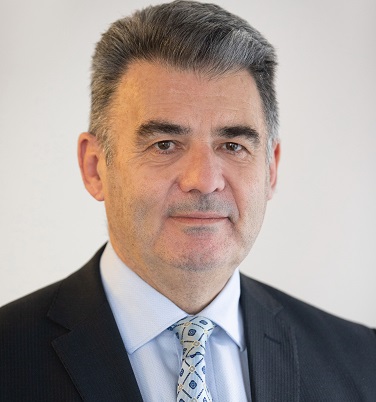At this time, we are in what is referred to as a “transitional pre commencement period” which commenced on 9 November 2016, the day the Bill implementing the transfer balance cap provisions was tabled in the House of Representatives and which ends on 30 June 2017.
During this period an SMSF may have members with pension accounts exceeding the transfer balance cap, which is $1.6 million.
If it does, an SMSF has to transfer value to accumulation or remove assets out of the superannuation environment in order to meet the transfer balance cap requirements.
The legislation does provide that doing this deems a capital gains tax event and in the absence of relief, may trigger a CGT liability. The legislation in a few pages also provides an ability to reset costs bases of assets so transferred to market value. In some cases a deemed capital profit can be deferred. In some cases it is ignored if the fund, for example, is entirely supporting pension liabilities.
The legislation is matched by an explanatory memorandum, the relevant sections of which (dealing with this topic) proceed for some dozens of pages. This is supplemented by a “Law Companion Guideline” issued by the ATO (“LCG 2016/8”) which is of some considerable density and further implemented by yet another parcel of legislation implementing the changes which at this time is still sitting in the House of Representatives.
So what does it all mean?
In trying to come to grips with what needs to be done, it is an idea to thoroughly read the law companion guideline.
When you get to the bottom of it, what is needed is resolutions and minutes put in place by 30 June where there is a SMSF with at least one member with a super balance in pension phase supporting a pension in excess of $1.6 million.
There are a number of examples given, depending on whether the SMSF uses the segregated assets approach or the proportionate approach in the determination of the taxable income of the fund.
A little known fact is that an SMSF supporting only pension liabilities is deemed to be using the segregated assets approach – all of its assets are classified as segregated current pension assets.
What examples are given?
The LCG works through a number of common scenarios.
Fund using segregated method and supporting accumulation and pension interests
The first example (paragraph 24A of the LCG onwards) shows a fund using the segregated assets approach which fund supports both pension and accumulation interests moving value to accumulation to accommodate an excess transfer balance cap problem with the pension interest by re classifying assets as segregated non current assets during the pre commencement period and continuing to use the segregated assets approach during this period. On and from 1 July the fund in the example could only use the proportionate approach (which is referred to in paragraphs 25 to 27 of the LCG).
In the example given the fund could choose which assets to reclassify to non-current pension assets during the pre-commencement period.
All decisions of superannuation fund trustees have to be minuted. The decision to reclassify the assets and to resolve to seek capital gains tax refreshment of the cost base in relation to those assets would need to be minuted in properly drafted minutes.
On and from 1 July with the fund having to adopt the proportionate method the fund would require thereafter an actuary certificate to support its use of the proportionate method. Initially it was believed that an actuary certificate would not be needed.
The Law Companion Guideline contains a series of other examples (segregated fund commences using proportionate method in the pre-commencement period, fund already using proportionate period continues to use proportionate period in pre-commencement period but selects certain assets for relief.)
If a fund is using the proportionate method it can choose all of its assets or part of its assets on which to refresh the cost.
The movement of the assets from accumulation phase to pension phase with a funding in a totally supporting pension liability should be tax benign. Complications arise where the fund supports pension and accumulation interests. Assets which have been held by the fund throughout the pre-commencement period where the fund is taxed on a proportionate basis can choose to defer the notional capital tax gains relief. The funds that have only started to commence using the proportionate approach in the pre-commencement period cannot defer the capital gain but are entitled to refresh the cost base.
At PGG Legal we have worked through the Law Companion Guideline and have prepared minutes for use in each scenario given. If you need help with the examination of any of your funds and the drafting of appropriate minutes to comply with the principles within the Law Companion Guideline please contact us.


